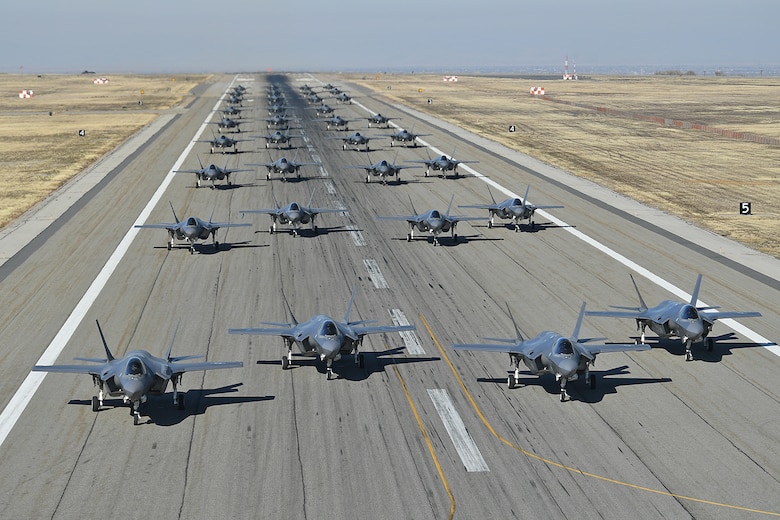The Rivian is an electric SUV/Truck
The Culture of Demand is about to replace the internal combustion engine, read about this new modern culture busting electric conveyance. It will be a boon for "convenience gasoline markets" such as Maverick stores across the Northwest region. Imagine after 400 miles you pull in to a charging stall as the family has time to unload, buy stuff, and eat. The power charging may cost $50 but the stuff the family indulges on could easily run to $100 with a gross profit dollars running at 50% of retail sales. A true convenience store dream. Gasoline pumping takes to little time and then the money moves down the road in under 10 minutes. But wait, what about a half hour charge? The store has time to fleech customers from pizza to jerky. The Slurpee is revived!
The charging network is a question? Will Tesla merge with Rivian on this topic. If so the culture may change to electric and half hour charging over the next two years, The merge will need to join with a convenience store chain to make the transition before others will join the electric rush. I am sure Big Oil is keeping its options open for super fueling stations on this one.
The culture will change as the interface catches up with the electric motor popularity.

